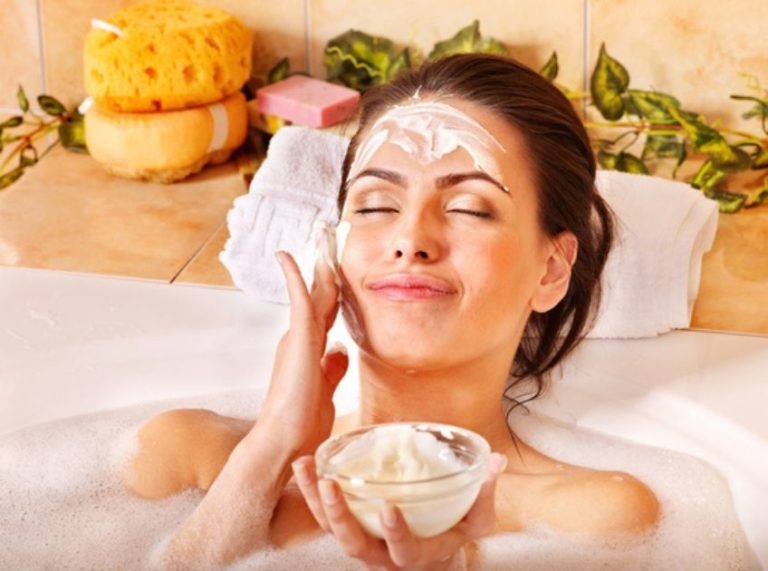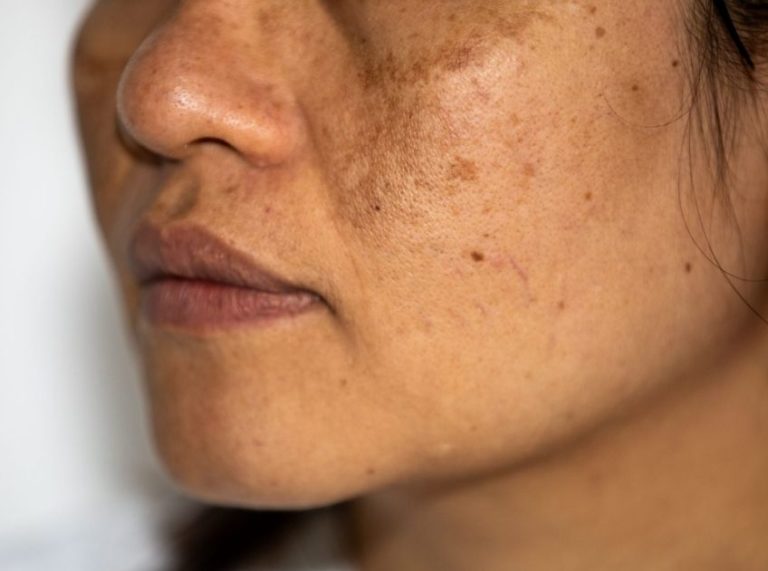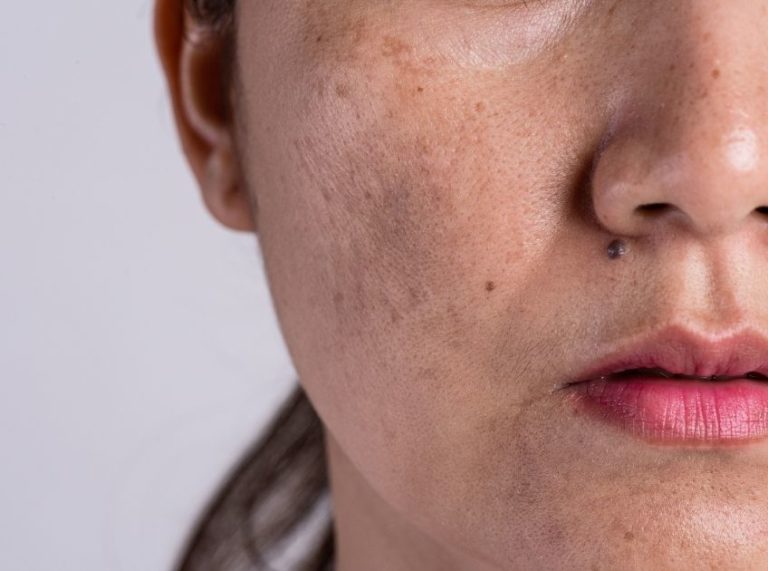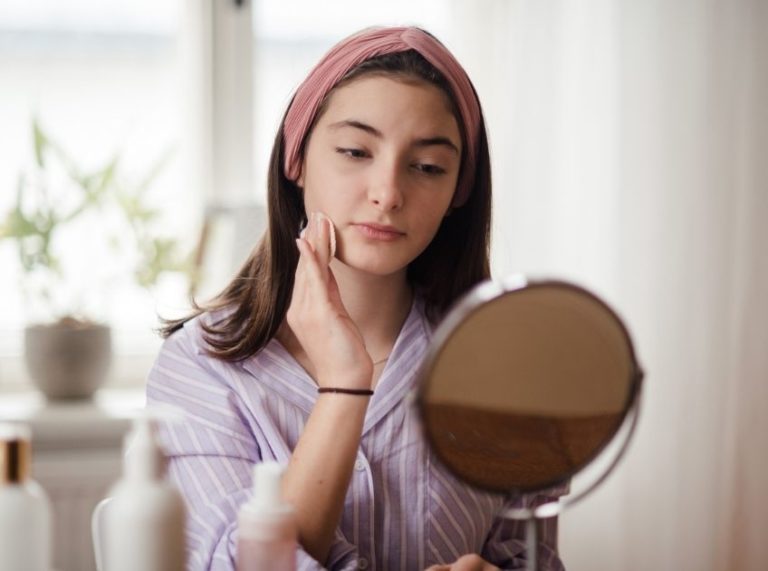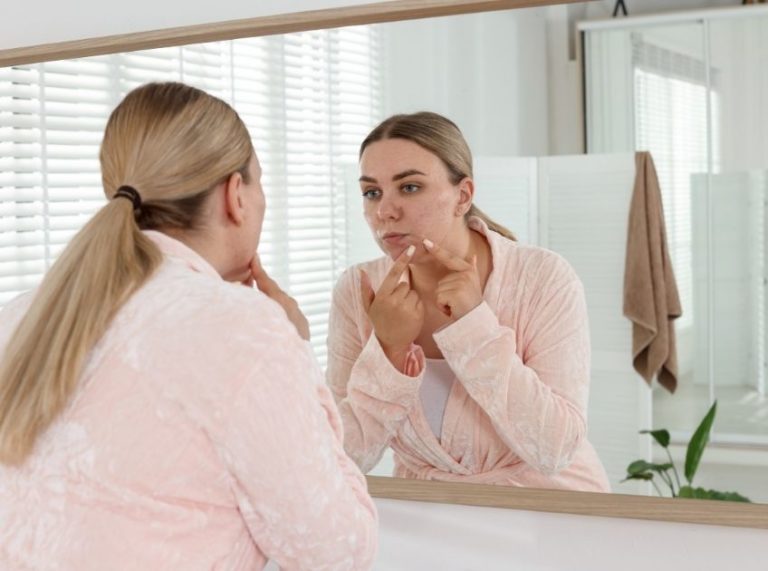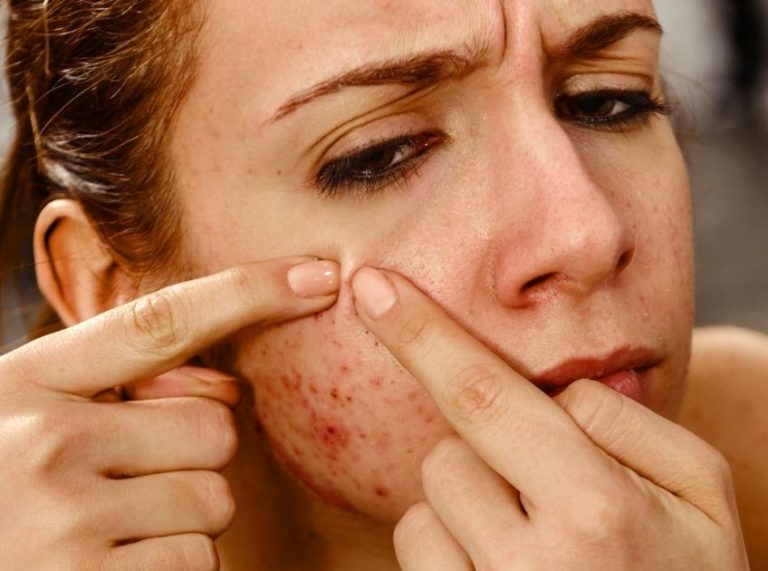
Important: This article is for informational purposes only. Please read our full disclaimer for more details.
Looking for a natural way to cleanse, tone, and brighten your skin without harsh chemicals? Learn how to make rice water face wash at home—an ancient beauty secret loved for its simplicity and skin-transforming results. Whether you’re dealing with dullness, acne, or sensitivity, this gentle face wash might be exactly what your skin needs.
Discover how to use rice water for face wash, how to wash your face with rice water the right way, and what happens when you make this humble grain your go-to skincare ingredient.
Why Everyone’s Talking About Rice Water Face Wash
Here’s what happens when you wash your face with rice water:
- Your skin feels instantly refreshed and soft
- Pores appear tighter and cleaner
- Blemishes and dark spots gradually fade
- Skin tone becomes more even and luminous
Washing your face with rice water helps remove impurities while delivering a dose of nutrients, making it one of the best DIY solutions for glowing skin.
The Skin-Boosting Science Behind Rice Water
If you’ve ever wondered what gives rice water its skin-enhancing powers, science has the answer:
- Inositol helps with cell regeneration and fading hyperpigmentation (1)
- Ferulic acid, a natural antioxidant, combats free radicals and soothes the skin (2)
- Amino acids and vitamins B, C, and E support skin barrier function and elasticity (3)
This blend of skin-repairing elements is why so many people are learning how to use rice water for face wash in their daily routine.
Key Nutrients That Make It Work
Each element in rice water contributes something special:
- Starch reduces redness and soothes irritated skin
- B vitamins brighten and improve uneven tone
- Minerals restore moisture balance
These natural components explain what happens if you wash your face with rice water consistently: clearer, softer, and more radiant skin over time.
When to stop on Rice Water Face Wash
Although rice water is gentle, it’s not for everyone all the time. Stop using it if:
- You notice breakouts, especially with fermented versions
- Your skin feels overly tight or dry
- Redness, irritation, or bumps appear
Always patch test on your jawline before using a new batch on your entire face.
Customize It for Your Skin Type
Want to know how to make rice water face wash at home that suits your unique skin?
- Oily or acne-prone skin: Add a few drops of tea tree or witch hazel
- Dry or mature skin: Mix in aloe vera gel or honey for added hydration
- Sensitive skin: Dilute the rice water more and skip essential oils
You can easily adjust the consistency and ingredients based on your skin’s needs.
Who Can Use Rice Water for Face Wash?
Best for:
- Oily and combination skin types
- Acne-prone or blemished skin
- Dull or uneven complexions
Not ideal for:
Very dry, eczema-prone, or broken skin. Start with diluted formulas and use sparingly.
Is It Safe to Wash Your Face with Rice Water?
Yes, and it’s ideal for most skin types. But hygiene is key:
- Store homemade rice water in a clean, airtight container
- Keep it refrigerated and use within 3–5 days
- Shake well before each use and avoid direct contact with fingers
Always start slow—use once daily and increase only if your skin responds well.
2 Best DIY Rice Water Face Wash Recipes
1. Simple Brightening Rice Water Face Wash
This is the easiest way to start using rice water for face wash—ideal for beginners and sensitive skin.
Ingredients:
- ½ cup uncooked organic white rice
- 1 cup filtered or distilled water
Directions to Use:
- Rinse rice to remove dirt.
- Add water and soak for 30–45 minutes. Stir occasionally.
- Strain the milky liquid and pour into a clean bottle.
How to Wash Face with Rice Water:
- Pour a small amount onto a cotton pad or your palm.
- Apply evenly to your face in circular motions.
- Rinse with lukewarm water or leave it on as a toner.
Use this up to twice daily. Wondering how many times should I wash my face with rice water? Once or twice per day is sufficient for most skin types.
2. Rice Water and Aloe Foaming Cleanser (For Oily/Acne-Prone Skin)
This version helps cleanse deeply while calming breakouts and oiliness.
Ingredients:
- ½ cup freshly made rice water
- 2 tbsp unscented liquid castile soap
- 1 tbsp pure aloe vera gel
- 3 drops tea tree essential oil (optional)
Directions to Use:
- Mix all ingredients in a foaming pump bottle.
- Shake before each use.
How to Wash Face with Rice Water Foaming Cleanser:
- Wet your face with lukewarm water.
- Pump once and gently massage into skin.
- Rinse thoroughly and pat dry.
This face wash is great for evening use and works wonders if you’re struggling with oil buildup or breakouts.
Frequently Asked Questions (FAQ’S)
1. How many times should I wash my face with rice water?
A. 1–2 times per day is recommended. Start with once daily and monitor how your skin responds.
2. What happens when you wash your face with rice water daily?
A. Over time, you may notice smoother texture, reduced redness, fewer breakouts, and a healthy glow.
3. Can I leave rice water on my face overnight?
A. It’s best not to. Use it as a cleanser or toner and rinse off within 30 minutes to prevent irritation.
Now that you know how to make rice water face wash at home and how to wash your face with rice water safely, it’s time to try this gentle ritual yourself. Whether you’re using it once a day or customizing it for oily or dry skin, this DIY cleanser delivers powerful results without the price tag.
Just remember to start small, store it safely, and let your skin be your guide.

